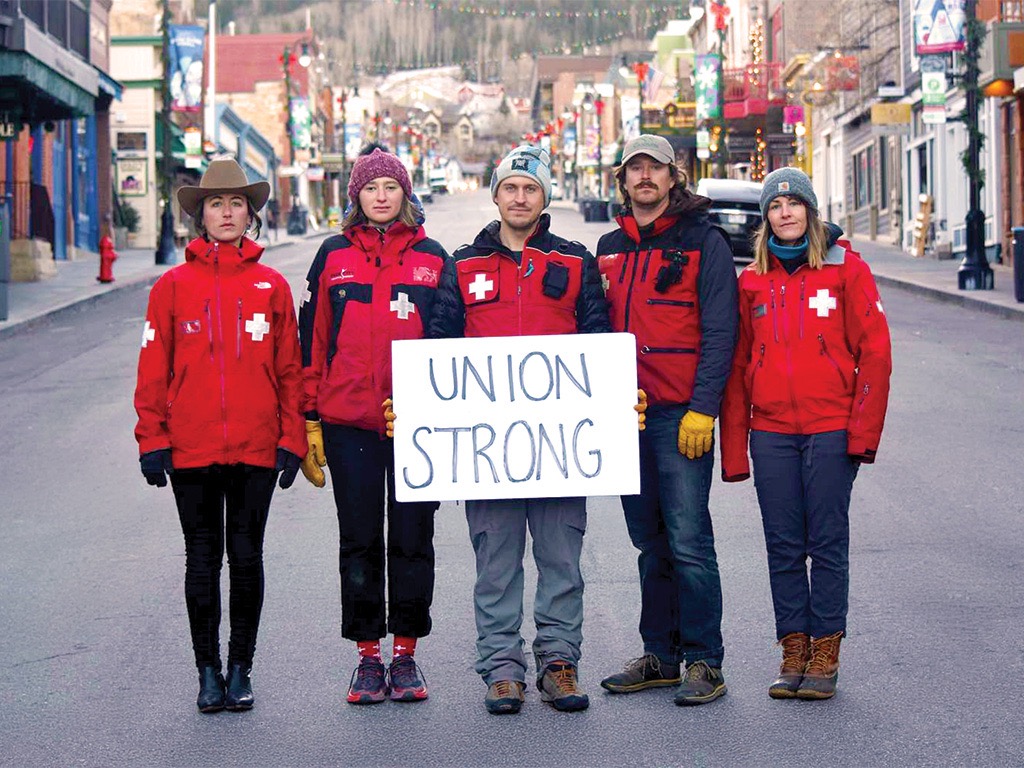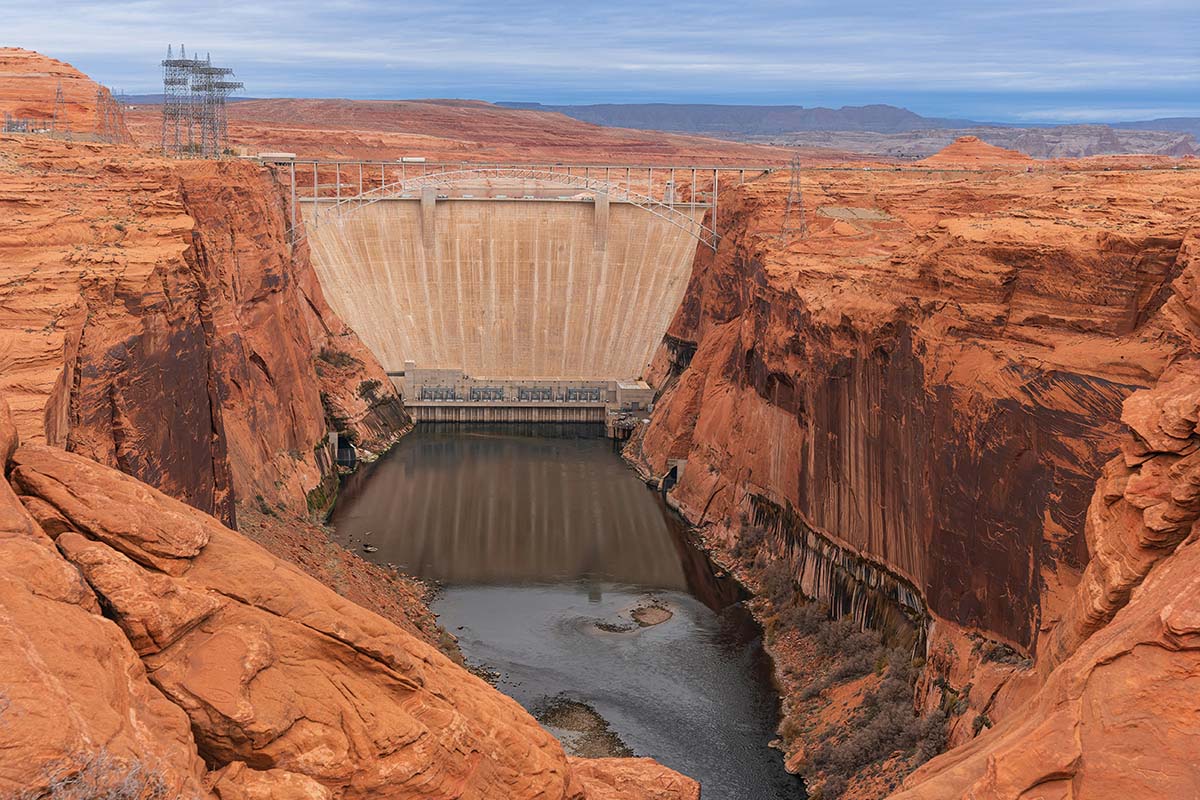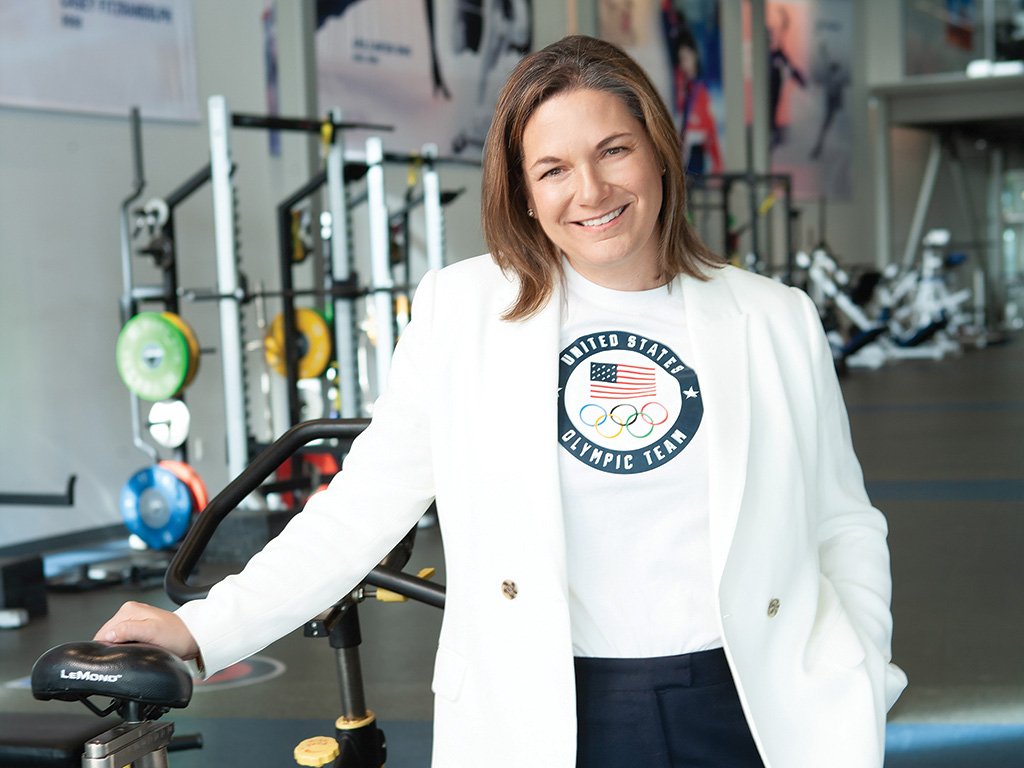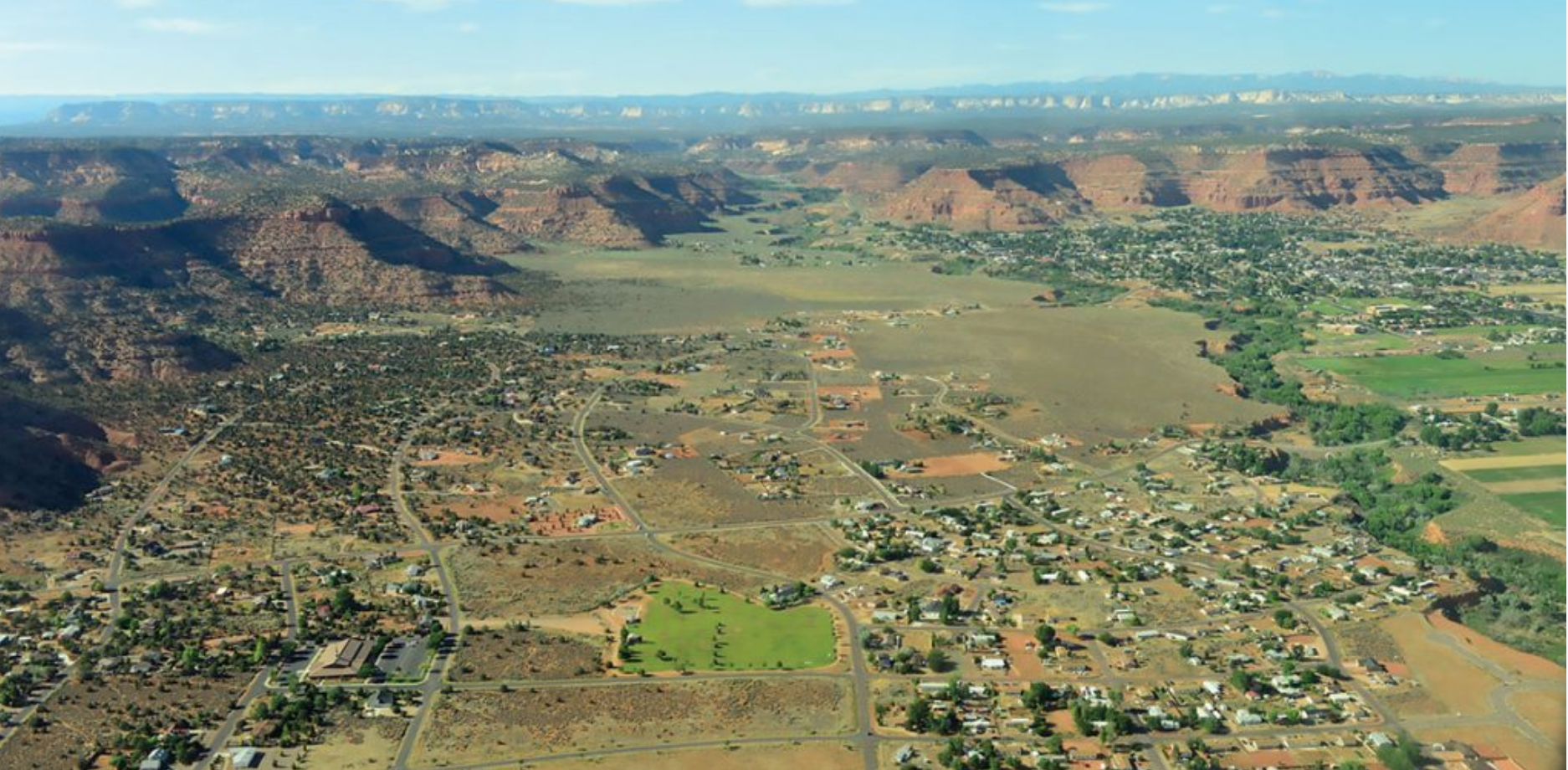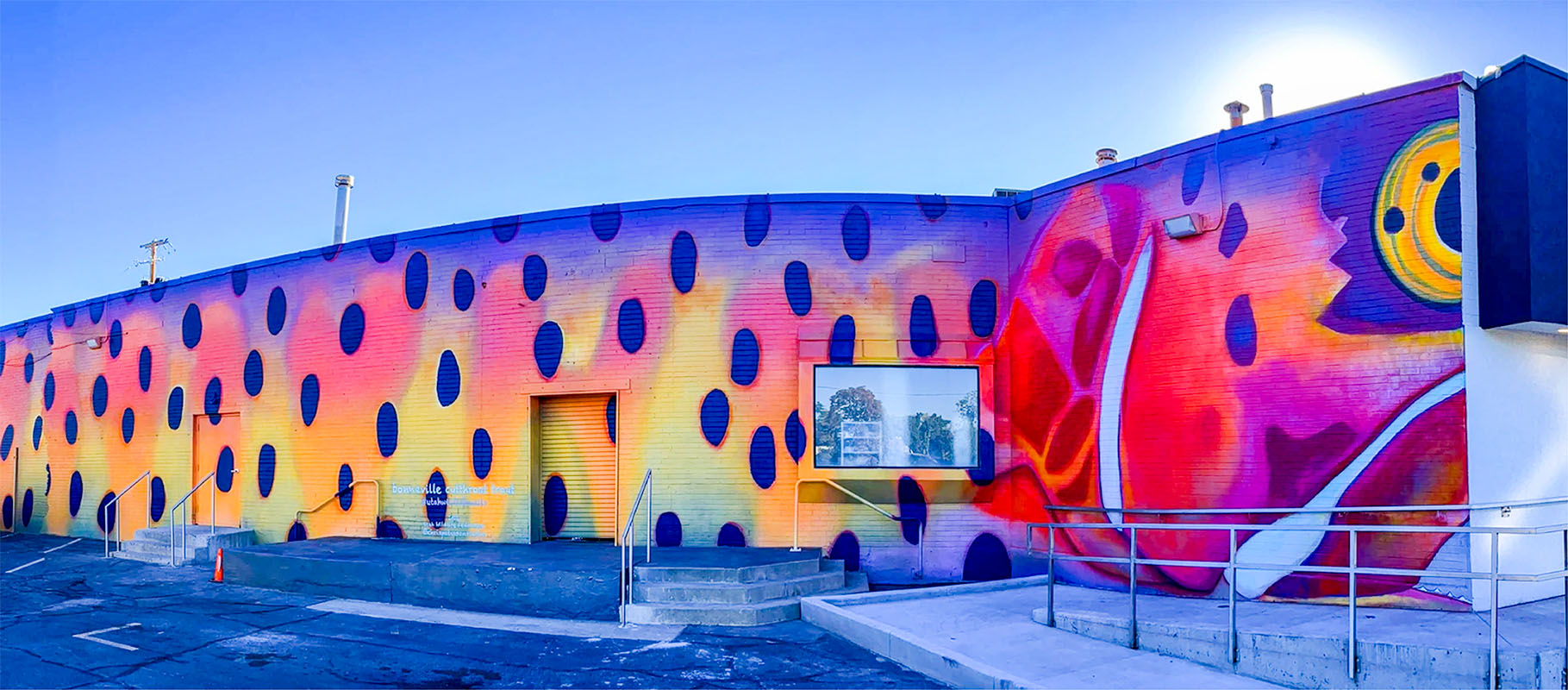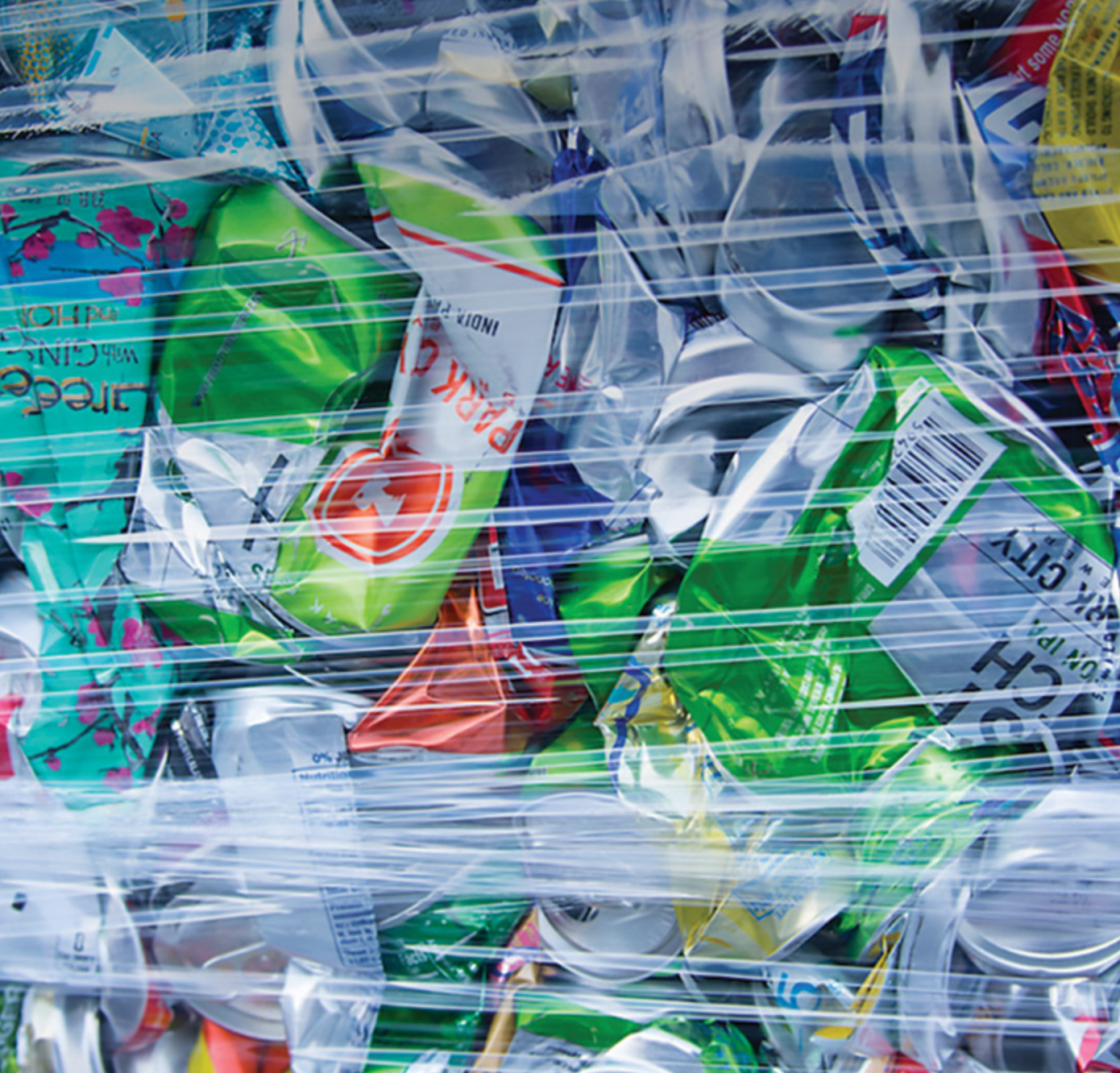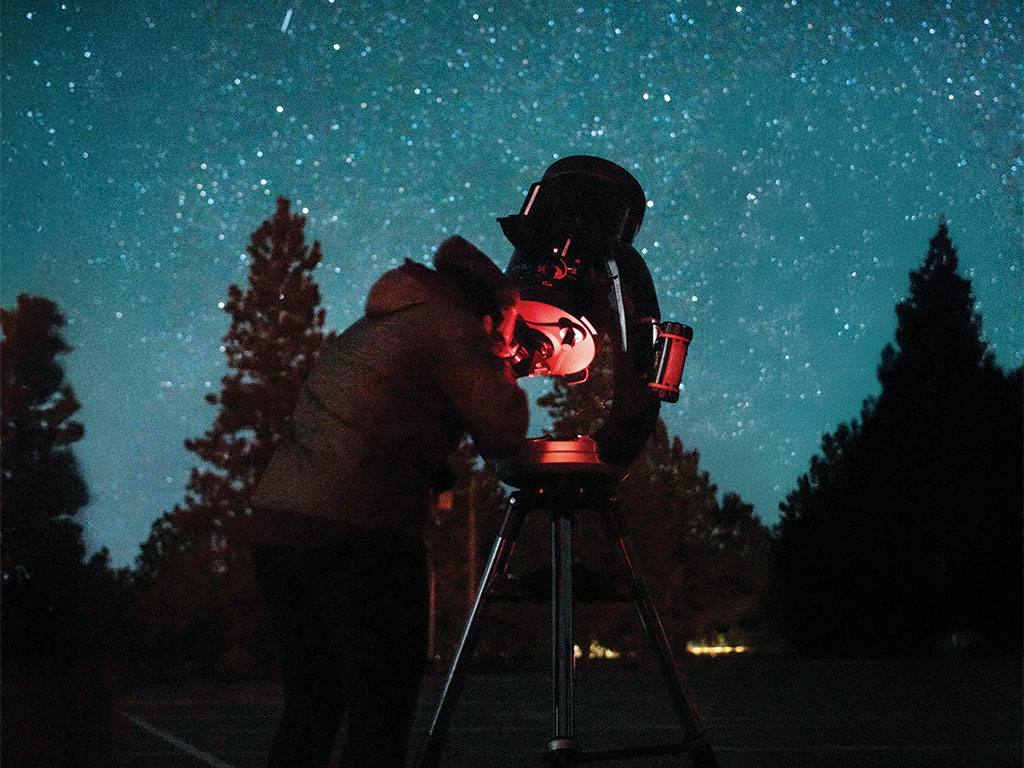
I huddled in a small white tent with dozens of other journalists, reporters, critics, photographers and puffy-coated volunteers. A gate separated…
Read More
Christie Porter has worked as a journalist for nearly a decade, writing about everything under the sun, but she really loves writing about nerdy things and the weird stuff. She recently published her first comic book short this year.
